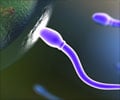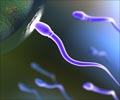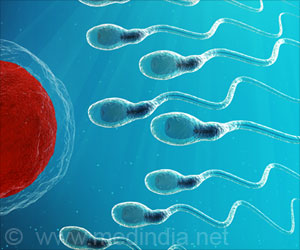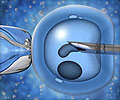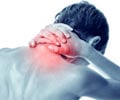- Men who lift heavy weights or move heavy objects at work often have increased sperm count
- 46% higher sperm count is observed in men who lift and move heavy objects compared to others who do not
- A higher level of testosterone is found in men who are in professions involving heavy weight lifting
Read More..
Based on previous research, male factors account for 40% of infertility cases (2✔ ✔Trusted Source
Investigation of male infertility using quantitative comparative proteomics
Go to source). To quote WHO, 48 million couples and 186 million individuals live with infertility.
Proven Factors That Affect The Sperm Count
Exposure to high heat, radiation, and increased testosterone injections or gels from medical prescriptions, some medications like flutamide, ketoconazole, or cimetidine can cause infertility. Exposure to environmental toxins, pesticides, lead, cadmium, or mercury is a proven cause of infertility (3✔ ✔Trusted SourceThe Impact of High Ambient Temperature on Human Sperm Parameters: A Meta-Analysis
Go to source, 4✔ ✔Trusted Source
Radiations and male fertility
Go to source).
Occupational factors affecting male fertility have not been studied in detail. Researchers at Harvard-affiliated Brigham and Women's Hospital designed this study on the effects of the nature of the job on male fertility.
This study took 377 male partners aged between 18 to 56 from a couple to evaluate if job-related factors are involved in determining a person's testicular function. 145 men provided blood samples for the measurement of reproductive hormones in the serum.
This is a self-reporting kind of study where the participants disclosed the amount of physical exertion involved in their work like lifting or moving heavy objects.
Participants had to provide their height, weight, BMI, and other lifestyle-related information as poor lifestyle choices are linked to impaired fertility, according to CDC.
After statistical analysis, they found that the sperm concentration is 46% higher in men who have jobs that require them to lift or move heavy objects.
One more interesting finding is that men who had moderate to heavy levels of physical strain in jobs had higher levels of circulating testosterone, a hormone responsible for male fertility .
This study also evaluated the effect of night shift on sperm count, and sex hormones. It was concluded that men who had rotating or night shifts had 24% higher testosterone and 45% increased estrogen concentrations when compared to men who had only day shifts (1✔ ✔Trusted Source
Occupational factors and markers of testicular function among men attending a fertility center
Go to source).
First author and reproductive epidemiologist in Brigham’s Channing Division of Network Medicine, Lidia Minguez-Alarcon, Ph.D., M.P.H., quotes "Contrary to what some people remember from biology class, 'male' and 'female' hormones are found in both sexes, but in different amounts," Minguez-Alarcon said. "In this case, we hypothesize that excess testosterone is being converted into estrogen, which is a known way for the body to keep normal levels of both hormones."
The conclusions of this study are contradictory to research that claimed that heavy or moderate physical exertion related to work is associated with lower sperm concentration and lower sperm count. And there is no relationship whatsoever between the timing of the shift and the quality of the semen.
To clear this confusion and to establish clear decisive associations there is a need for further research as this study has some limitations.
References:
- Occupational factors and markers of testicular function among men attending a fertility center - (https://academic.oup.com/humrep/advance-article-abstract/doi/10.1093/humrep/dead027/7034534)
- Investigation of male infertility using quantitative comparative proteomics - (https://pubmed.ncbi.nlm.nih.gov/25355644/)
- The Impact of High Ambient Temperature on Human Sperm Parameters: A Meta-Analysis - (https://www.ncbi.nlm.nih.gov/pmc/articles/PMC9288403/)
- Radiations and male fertility - (https://www.ncbi.nlm.nih.gov/pmc/articles/PMC6240172/)
Source-Medindia


